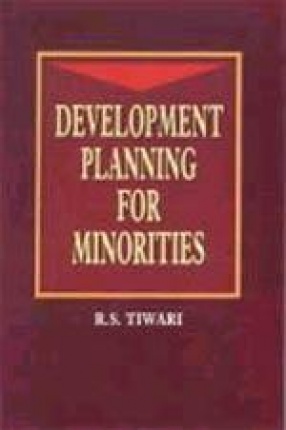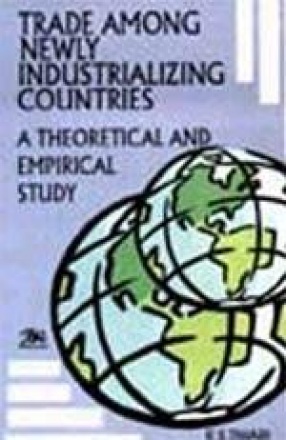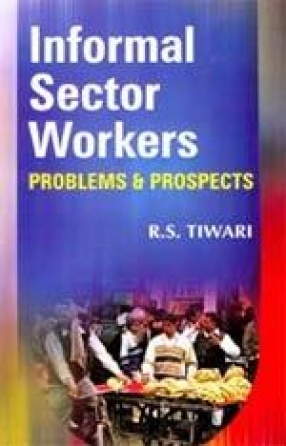It has increasingly been recognized that a majority of minority population (i.e. Muslims) is engaged in traditional activities, such as, handloom, power loom, textile printing and other handicrafts, like, embroider, chikan, zari, etc. Also, they are engaged in wood carving, metal work, carpet weaving, perfumery, leather work, besides in transport, manufacturing and trading. Remaining depends on salaried jobs in the government, public and private organizations or self-employed in service sector. Those residing in rural hinterland are engaged as labour, small and marginal farmers, artisans or self-employed in small scale trade. It is recognized that problems of poverty and unemployment needs to be handled from ‘population end’ by pursuing area based approach’ rather than that of ‘programme based approach’. Present study considering minority households in selected villages, blocks and cities is a modest attempt in this direction. The in depth socio-economic understanding about minority households has been considered as an appropriate basis for policy recommendations to improve the socio-economic conditions.
Trade Among Newly Industrializing Countries: A Theoretical and Empirical Study
In spite of large export ...
$28.50
$30.00








There are no reviews yet.